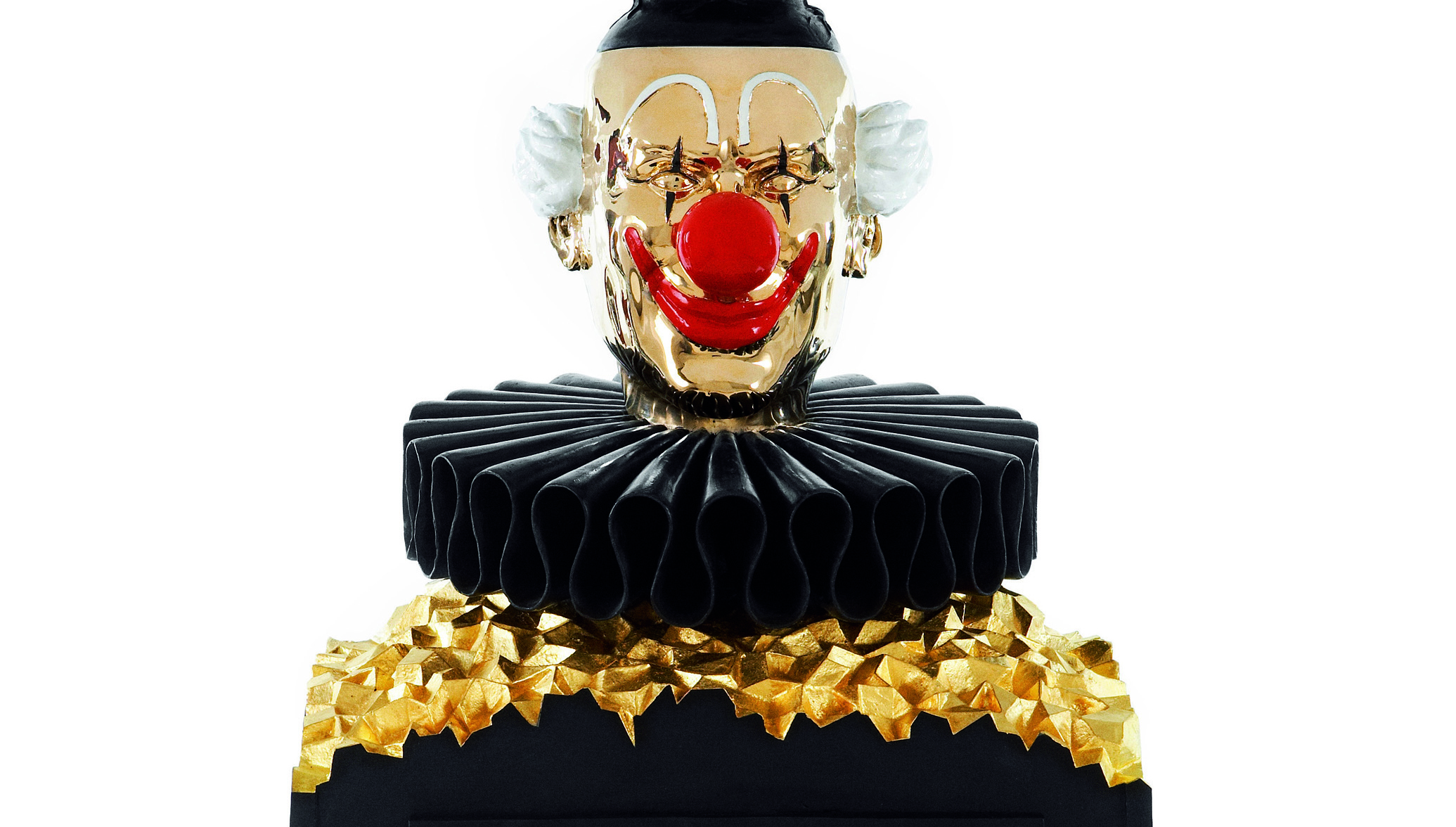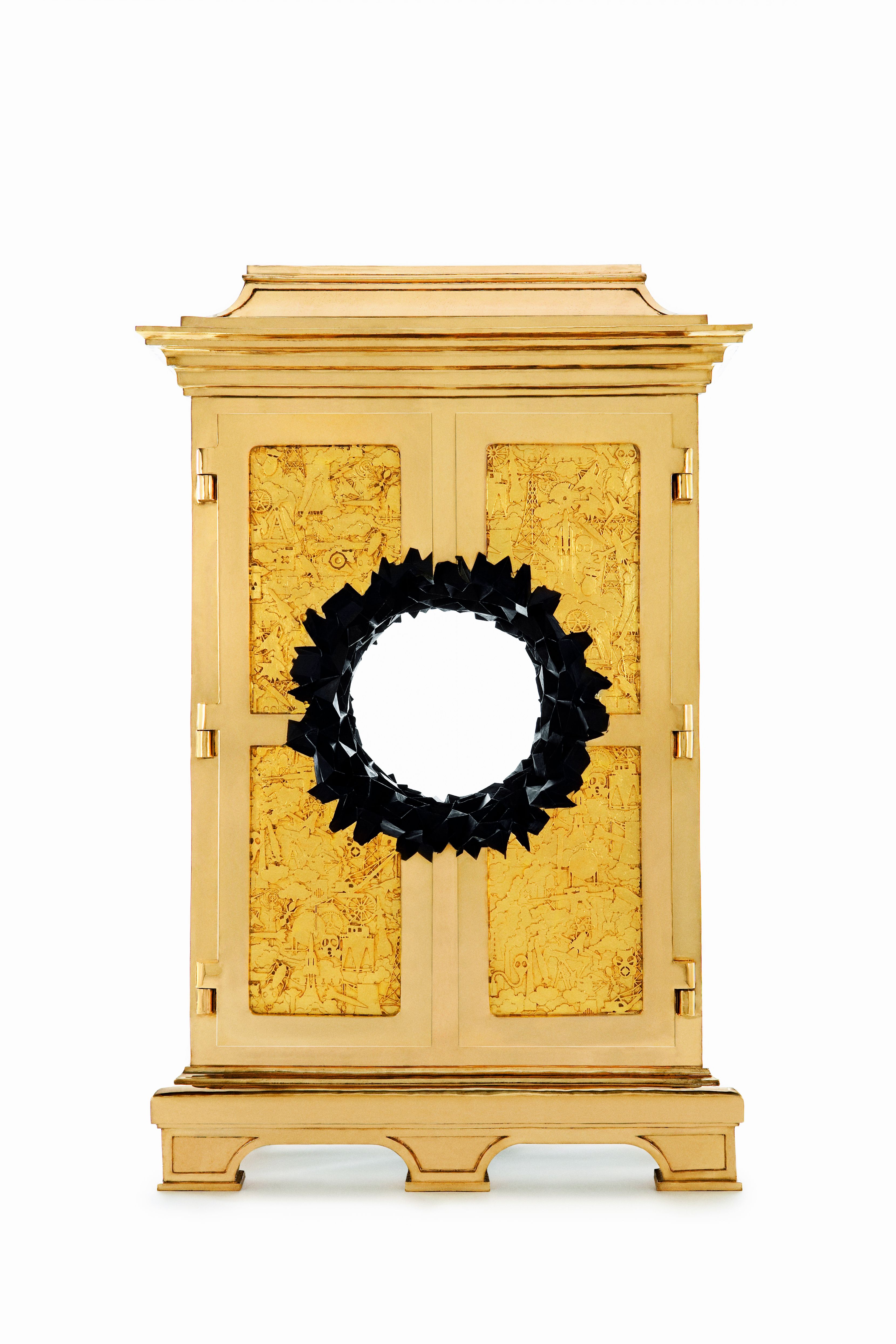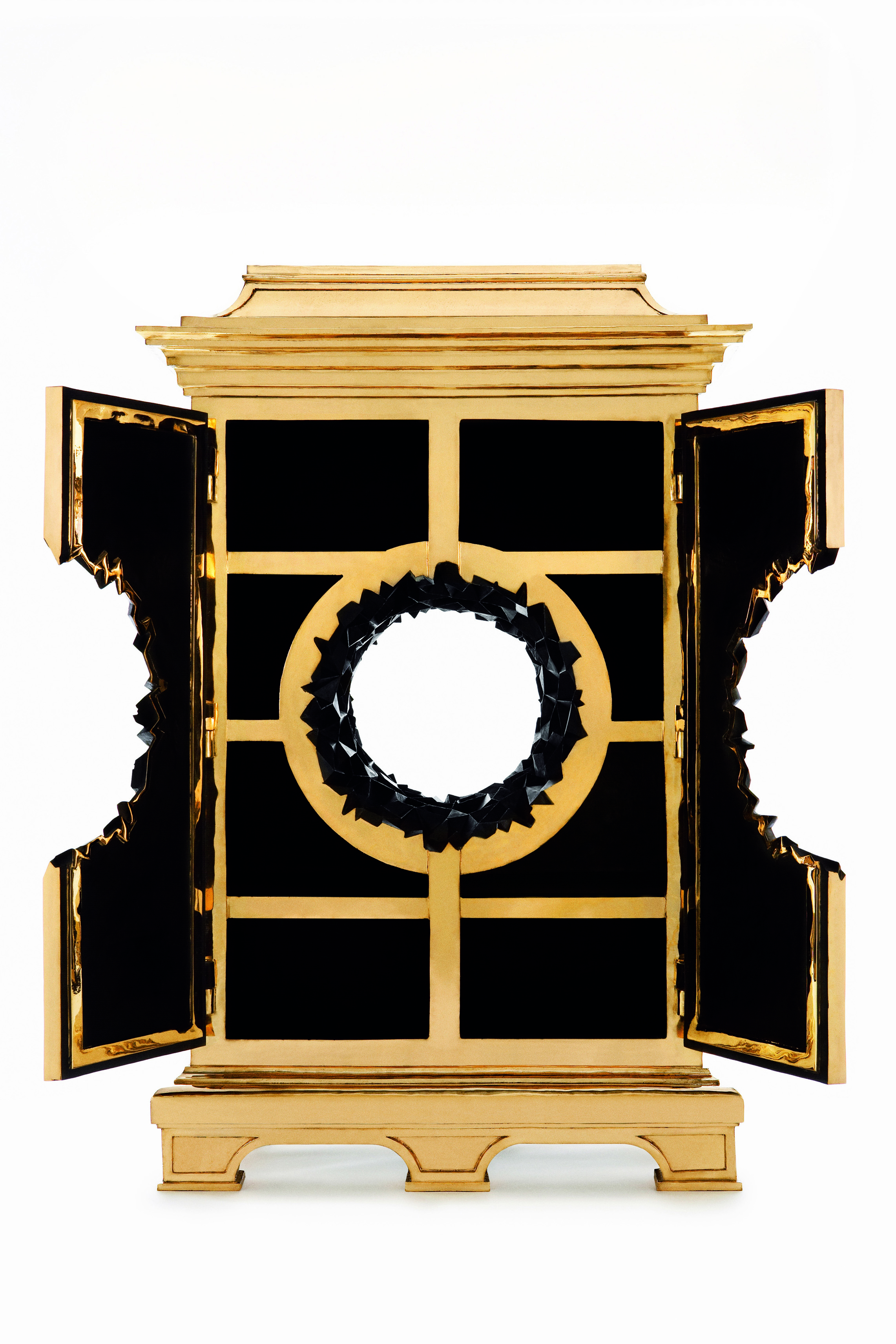From 16 October 2011 to 4 March 2012, the Groninger Museum will present the exhibition entitled Studio Job & the Groninger Museum. The exhibition displays the world-famous designs of Studio Job, which consists of Job Smeets (1970) and Nynke Tynagel (1977). In the past ten years, the Groninger Museum has accumulated a substantial collection of work by Studio Job. Important series such as Homework (2006-2007) and Robber Baron (2007) illustrate Studio Job’s virtuoso handling of extraordinary materials and extreme techniques. But the archetypical and monumental objects show, above all, an expressive engagement at the interface of art and design.
Job Smeets and Nynke Tynagel both graduated from the Design Academy in Eindhoven. In 1998, Smeets founded Studio Job and two years later, after her graduation, Tynagel joined him in the enterprise. The duo became known for their caricatural and non-scaled designs, such as Curved Cabinet (1999) and Craft (2001), by means of which they gave commentary on widely held ideas within the world of design.
In the past few years, Studio Job has worked with various partners, including Royal Tichelaar Makkum, Moooi, Swarovski, Bisazza and Venini. Furthermore, Smeets and Tynagel have presented their work in leading galleries all over the world and many private and public collections now contain examples of this work. The Groninger Museum has been following Studio Job closely since 2001, and currently possesses the largest collection of their products. In December 2010, as a component of the building revitalization that has just been completed, the Museum opened a new reception area conceived by the designers: the Job Lounge.
The solo exhibition is the result of a unique relationship between the designers and the Museum, where the Museum occasionally assumed the role of sparring partner as well as that of co-producer. The exhibition shows the exceptional interaction and most important artistic developments of Studio Job. The key works, determinative series, and the products of major co-operative ventures with external partners illustrate the versatility and conceptual stratification of the work of Studio Job. Thanks to the presentation of a large and important section of the oeuvre, the mutual connections within the body of work and their artistic significance are brought to the forefront.

























